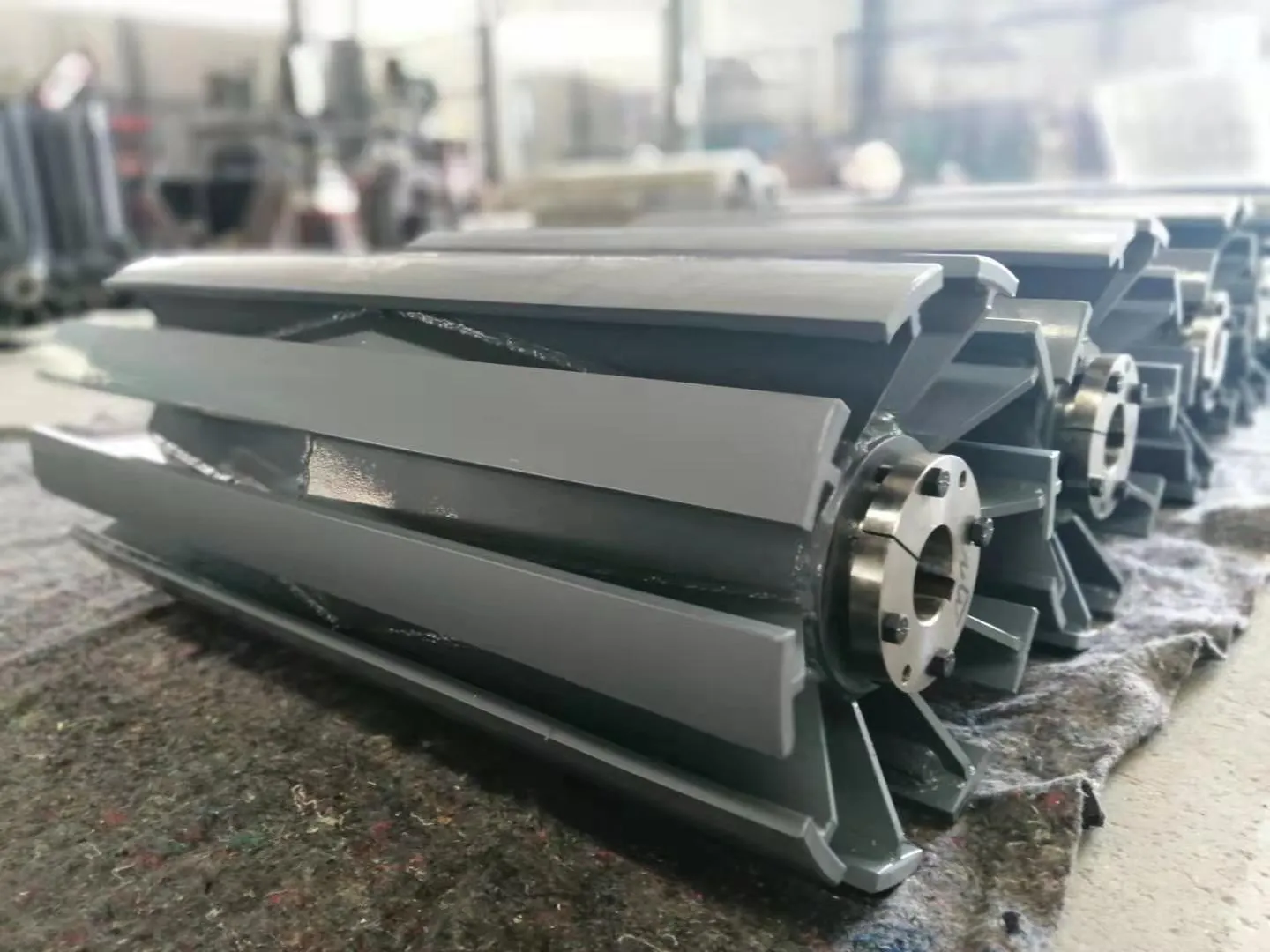 Afrikaans
Afrikaans  Albanian
Albanian  Amharic
Amharic  Arabic
Arabic  Armenian
Armenian  Azerbaijani
Azerbaijani  Basque
Basque  Belarusian
Belarusian  Bengali
Bengali  Bosnian
Bosnian  Bulgarian
Bulgarian  Catalan
Catalan  Cebuano
Cebuano  Corsican
Corsican  Croatian
Croatian  Czech
Czech  Danish
Danish  Dutch
Dutch  English
English  Esperanto
Esperanto  Estonian
Estonian  Finnish
Finnish  French
French  Frisian
Frisian  Galician
Galician  Georgian
Georgian  German
German  Greek
Greek  Gujarati
Gujarati  Haitian Creole
Haitian Creole  hausa
hausa  hawaiian
hawaiian  Hebrew
Hebrew  Hindi
Hindi  Miao
Miao  Hungarian
Hungarian  Icelandic
Icelandic  igbo
igbo  Indonesian
Indonesian  irish
irish  Italian
Italian  Japanese
Japanese  Javanese
Javanese  Kannada
Kannada  kazakh
kazakh  Khmer
Khmer  Rwandese
Rwandese  Korean
Korean  Kurdish
Kurdish  Kyrgyz
Kyrgyz  Lao
Lao  Latin
Latin  Latvian
Latvian  Lithuanian
Lithuanian  Luxembourgish
Luxembourgish  Macedonian
Macedonian  Malgashi
Malgashi  Malay
Malay  Malayalam
Malayalam  Maltese
Maltese  Maori
Maori  Marathi
Marathi  Mongolian
Mongolian  Myanmar
Myanmar  Nepali
Nepali  Norwegian
Norwegian  Norwegian
Norwegian  Occitan
Occitan  Pashto
Pashto  Persian
Persian  Polish
Polish  Portuguese
Portuguese  Punjabi
Punjabi  Romanian
Romanian  Russian
Russian  Samoan
Samoan  Scottish Gaelic
Scottish Gaelic  Serbian
Serbian  Sesotho
Sesotho  Shona
Shona  Sindhi
Sindhi  Sinhala
Sinhala  Slovak
Slovak  Slovenian
Slovenian  Somali
Somali  Spanish
Spanish  Sundanese
Sundanese  Swahili
Swahili  Swedish
Swedish  Tagalog
Tagalog  Tajik
Tajik  Tamil
Tamil  Tatar
Tatar  Telugu
Telugu  Thai
Thai  Turkish
Turkish  Turkmen
Turkmen  Ukrainian
Ukrainian  Urdu
Urdu  Uighur
Uighur  Uzbek
Uzbek  Vietnamese
Vietnamese  Welsh
Welsh  Bantu
Bantu  Yiddish
Yiddish  Yoruba
Yoruba  Zulu
Zulu belt conveyor idler design
Belt Conveyor Idler Design A Comprehensive Overview
Belt conveyors are integral components in various industries, facilitating the efficient movement of materials over long distances. One of the critical elements of these systems is the idler, which plays a pivotal role in supporting the conveyor belt and ensuring smooth operation. This article explores the essential aspects of belt conveyor idler design, including its types, materials, spacing, and maintenance considerations.
Types of Idlers
Idlers come in various configurations, each designed to cater to specific material handling requirements. The most common types include
1. Carrying Idlers These are used to support the weight of the conveyor belt and the material being transported. Carrying idlers can be flat, trough-shaped, or V-shaped, with trough-shaped idlers being the most prevalent due to their ability to contain materials better.
2. Return Idlers Also known as return rollers, they support the conveyor belt on its return journey. These idlers help ensure that the belt maintains a consistent shape and reduces wear.
3. Training Idlers These idlers are essential for keeping the conveyor belt aligned. Misalignment can lead to increased wear on the belt and idlers, so proper training is crucial for operational efficiency.
4. Impact Idlers Positioned at loading zones, impact idlers absorb the shock of heavy materials falling onto the belt, thus protecting the belt from excessive wear and damage.
Material Selection
The material used in idler construction greatly influences its performance and longevity. Common materials include
- Steel The most widely used material for idlers due to its strength and durability
. Steel idlers can withstand heavy loads and harsh environmental conditions, making them suitable for various applications.belt conveyor idler design

- Plastic Often used for lighter applications, plastic idlers are corrosion-resistant and lighter than their steel counterparts. They are ideal for environments where chemical exposure is a concern.
- Rubber Sometimes used in impact idlers, rubber can help minimize the impact when materials drop onto the conveyor belt, contributing to the longevity of both the belt and the idlers.
Idler Spacing
Proper spacing of idlers is crucial for optimizing belt performance and minimizing wear. Generally, the recommended distance between idlers varies based on factors such as belt width, the type of materials being conveyed, and the load distribution. As a general rule of thumb, idlers should be spaced closer together when transporting heavier loads or when utilizing a wider belt to prevent sagging. On the other hand, for lighter loads, greater spacing can be utilized to reduce costs without compromising performance.
Maintenance Considerations
Routine maintenance of idlers is essential for ensuring operational efficiency. This can include
- Regular Inspection Regularly check idlers for signs of wear, misalignment, and bearing issues. Early detection can prevent costly replacements and downtime.
- Cleaning Remove any debris that accumulates around idlers, as it can lead to misalignment and excessive wear.
- Lubrication Proper lubrication of bearing assemblies is critical. Make sure to follow manufacturer recommendations to prevent friction and overheating.
Conclusion
The design of belt conveyor idlers encompasses various aspects, including type selection, material choice, spacing, and maintenance practices. Understanding these elements is vital for optimizing the performance of conveyor systems and enhancing material handling efficiency. By investing in quality idlers and adhering to best practices in design and maintenance, industries can ensure the longevity and reliability of their belt conveyor systems.
-
Revolutionizing Conveyor Reliability with Advanced Rubber Lagging PulleysNewsJul.22,2025
-
Powering Precision and Durability with Expert Manufacturers of Conveyor ComponentsNewsJul.22,2025
-
Optimizing Conveyor Systems with Advanced Conveyor AccessoriesNewsJul.22,2025
-
Maximize Conveyor Efficiency with Quality Conveyor Idler PulleysNewsJul.22,2025
-
Future-Proof Your Conveyor System with High-Performance Polyurethane RollerNewsJul.22,2025
-
Driving Efficiency Forward with Quality Idlers and RollersNewsJul.22,2025





























